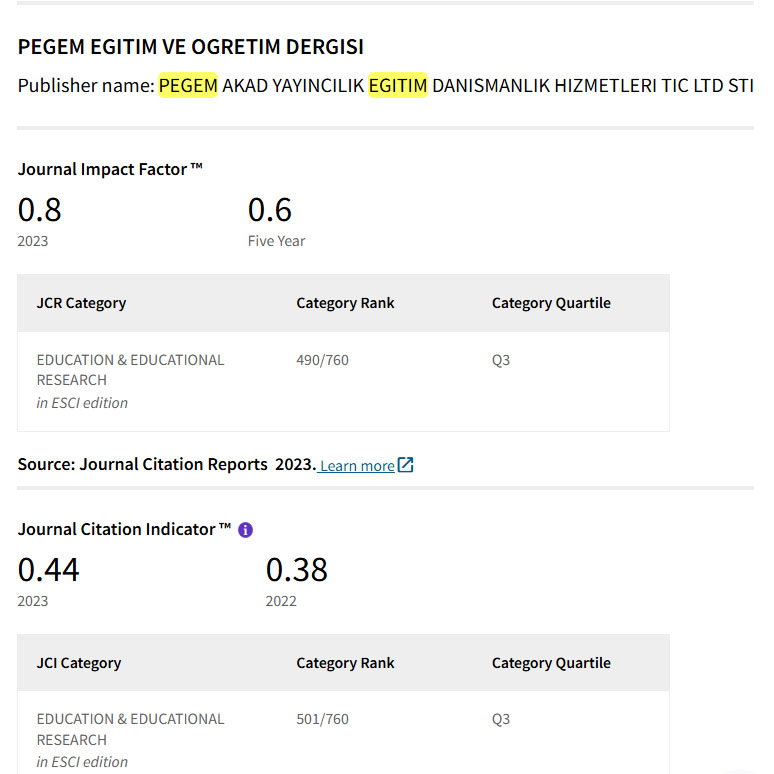Determinants of Outcome in Advanced Hepatocellular Carcinoma Patients Receiving Sorafenib Therapy
Keywords:
Advanced Hepatocellular Carcinoma, Sorafenib TherapyAbstract
Background: Hepatocellular carcinoma (HCC) remains a leading cause of cancer mortality globally, with advanced-stage disease representing a significant clinical challenge due to limited curative options. Sorafenib, an oral multikinase inhibitor, was the first systemic agent to demonstrate survival benefit in patients with advanced HCC, fundamentally shifting treatment paradigms. However, considerable variability in patient outcomes exists, driven by a complex interplay of clinical, molecular, and treatment-related factors. This review aims to comprehensively summarize the current evidence on determinants of outcome in patients with advanced HCC treated with sorafenib. Key clinical prognostic factors, such as liver function, performance status, tumor burden, and underlying liver disease etiology, are discussed alongside emerging molecular and serologic biomarkers predictive of response. Special attention is paid to the prognostic value of adverse events and treatment adherence, as well as real-world data that inform the generalizability of clinical trial findings.Moreover, the review highlights unmet needs in personalizing therapy and integrating novel predictive markers into routine care. Ultimately, a better understanding of these determinants can refine patient selection, optimize therapeutic benefit,
and guide future research in advanced HCC. The review concludes by identifying research gaps and future directions in biomarker development and treatment sequencing, with a focus on the evolving landscape of systemic therapy.
Downloads
References
Wilhelm SM, Carter C, Tang L, et al. BAY 43-9006 exhibits broad spectrum oral antitumor activity and targets the RAF/MEK/ERK pathway and receptor tyrosine kinases involved in tumor progression and angiogenesis. Cancer Res. 2004;64(19):7099-7109.
Liu L, Cao Y, Chen C, et al. Sorafenib blocks the RAF/MEK/ERK pathway, inhibits tumor angiogenesis, and induces tumor cell apoptosis in hepatocellular carcinoma model PLC/PRF/5. Cancer Res. 2006;66(24):11851-11858.
Downloads
Published
How to Cite
Issue
Section
License

This work is licensed under a Creative Commons Attribution-NonCommercial 4.0 International License.
Attribution — You must give appropriate credit, provide a link to the license, and indicate if changes were made. You may do so in any reasonable manner, but not in any way that suggests the licensor endorses you or your use.
NonCommercial — You may not use the material for commercial purposes.
No additional restrictions — You may not apply legal terms or technological measures that legally restrict others from doing anything the license permits.



